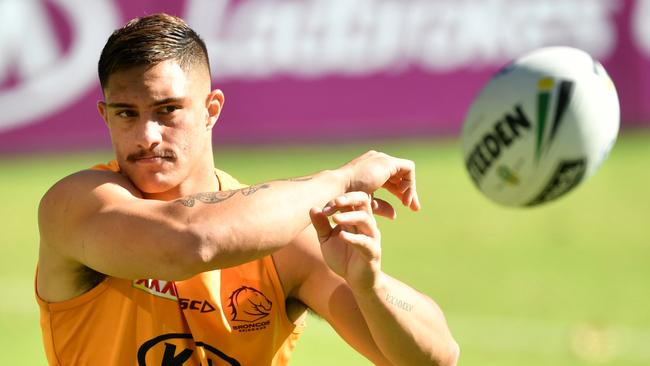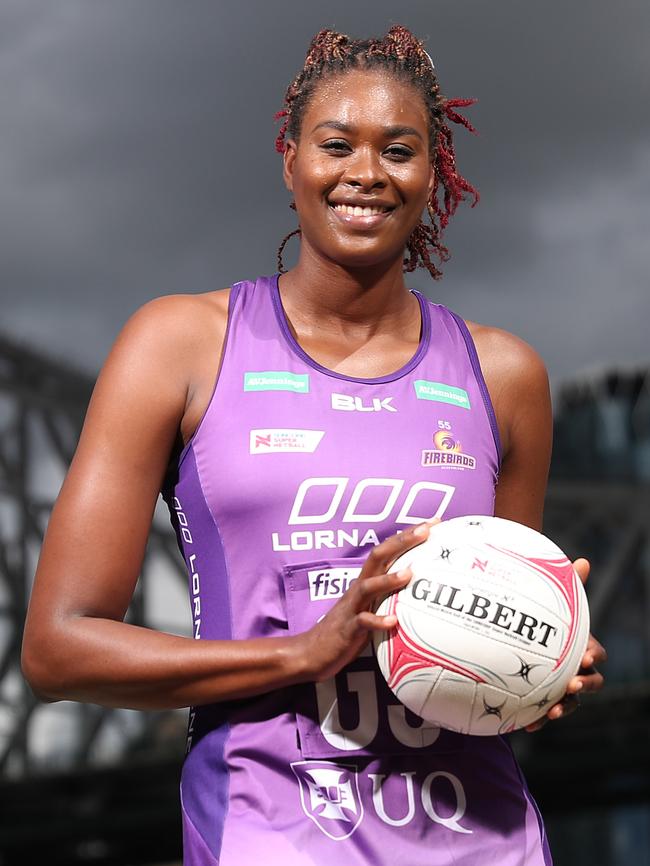Lucy Carne: Revenge porn doesn’t stop being serious if the victim is male
Reports of revenge porn are surging at astonishing rates during Australia’s pandemic lockdown and the typical victim is probably not who you would expect, writes Lucy Carne.
Opinion
Don't miss out on the headlines from Opinion. Followed categories will be added to My News.
When you think of revenge porn, the immediate stereotype that springs to mind is an innocent woman publicly humiliated by a jilted ex-boyfriend.
Celebrity victims, including actor Jennifer Lawrence and model Kate Upton, whose private images were hacked and shared to the world in 2014, have become the public faces of the insidious aggression.
Our gendered expectation is that the victim is a young, pretty woman, distraught and suffering from sexual shaming. But that is not always true.
Men are just as likely as women to be victims of revenge porn, according to RMIT research.
The survey of more than 2000 Australians, and released this year, also found one in three people had been victims of image-based abuse.

Sadly, that number is likely to now be far higher due to a lockdown-triggered spike in sharing explicit imagery.
More than 1000 reports of image-based abuse were recorded between March and May, according to Australia’s eSafety Commissioner.
It was a staggering 210 per cent rise on the average weekly number of reports received last year.
Over the Easter weekend, with many people restricted to their homes, revenge porn surged to an almost 600 per cent increase on normal figures, according to reports.
This has now become far more than what some regard as petty online bullying. So why is it still so hard to accept the seriousness of image-based abuse when the victim is a man?
Broncos star Kotoni Staggs, 21, is the latest high-profile person at the centre of an alleged revenge porn incident after mobile phone footage of him having sex was released on social media without his consent.


Brisbane woman McKenzie Robinson, 18, was last week charged with distributing a prohibited visual recording after allegedly releasing an explicit video and is due to face court next month.
But when the alleged victim is a successful NRL player, why is it harder to feel shock and sympathy? If it was a high-profile netballer victimised by revenge porn, the anger would be widespread.
Queensland Firebird Romelda Aiken made front-page headlines in 2013 when nude photos of her were leaked online.
Married builder and father-of-two Stephen Grott was sentenced to three years in jail in 2015 on numerous charges including unlawful stalking and has since been released.
But when a man is the victim of revenge porn, there is an almost prevailing default reaction of bemusement.
Similarly there is a tendency to deflect condemnation away from the rightful recipient.
In the wake of Staggs’ alleged revenge porn incident, NRL legends Andrew Johns and Brad Fittler urged players to stop using phones while having sex.
Their comments were intended to be helpful, but it’s also victim blaming.
Young people use their phones to record sex. It happens and it’s not going to stop.
What must stop is the assumption that if a man or woman agrees to being in an intimate photo, they also by default agree to their picture being widely disseminated to a mass audience. No, they do not.
Any criticism should focus firmly on the people accused of sharing personal images without consent – not the person in front of the lens.
It is a crime that comes with a three-year jail sentence in NSW and Queensland. It equates to the same maximum penalty for common assault, but no one is telling those victims to avoid stepping in front of a fist.


The RMIT research lead author, Anastasia Powell, said the study found high numbers of victims had never consented to having their image taken.
“We also found no increase in people sending consensual sexy selfies,” she said.
“All this suggests it’s not victim behaviour driving the rise in abuse, but rather the actions of perpetrators.”
The damage of revenge porn is no less significant just because the victims are men. Speaking to this paper this year, Aiken said she was still scarred by the ordeal.
“I watch my back and really pay attention to my surroundings … we’ll go out to breakfast and I’ll be scanning the room because I want to make sure I see everything and recognise every face,” she said.
Speaking to Vogue, Lawrence said she still suffers after-effects.
“When my publicist calls me, I’m like, ‘Oh, my God, what is it?’ Even when it’s nothing. I’m always waiting to get blindsided again,” she said.
That is why our attitudes towards revenge porn must urgently change. It is not some tawdry airing of dirty laundry. It is sex abuse.
And it has to be treated as such, regardless of whether the victim is a man or woman.
If you or someone you know is affected by sexual assault or family violence, call 1800RESPECT on 1800 737 732 or visit www.1800RESPECT.org.au.In an emergency, call triple-0.
